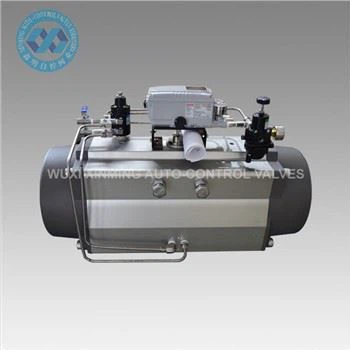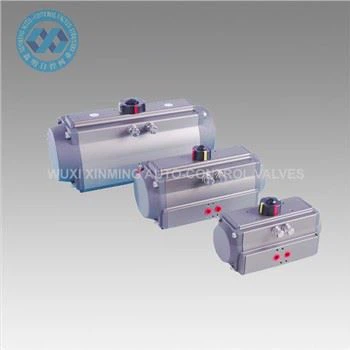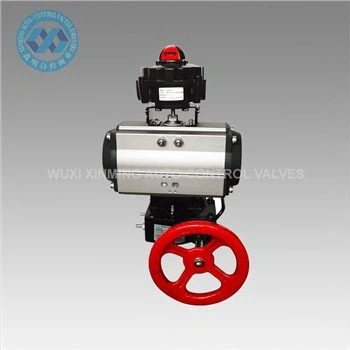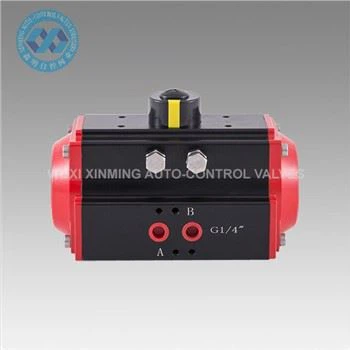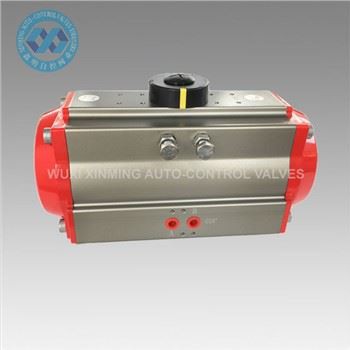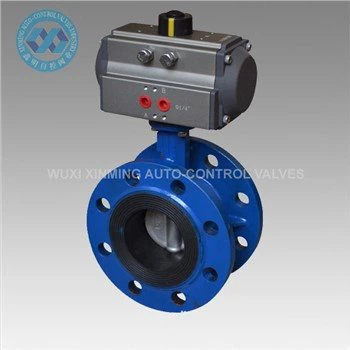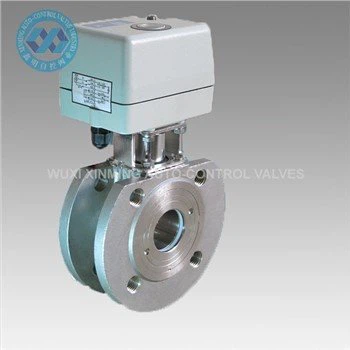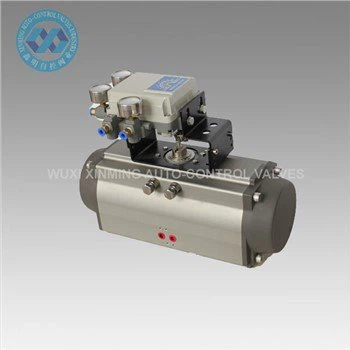Pneumatic rotary actuators are critical components in modern medical equipment, offering precise motion control and reliability in demanding healthcare environments. These devices convert compressed air into rotational motion, enabling smooth, efficient operation of various medical systems.
How They Work
Powered by compressed air, pneumatic rotary actuators use pistons or vanes to generate torque, creating controlled rotational movement. Their design ensures rapid response times and adjustable speed, making them ideal for applications requiring accuracy and repeatability.
Advantages in Healthcare
- Safety: Pneumatic systems eliminate electrical components in sensitive areas, reducing fire or shock risks in oxygen-rich environments.
- Sterility: Constructed from corrosion-resistant materials like stainless steel or medical-grade plastics, they withstand frequent sterilization.
- Durability: With no complex electronics, these actuators require minimal maintenance and excel in high-cycle operations.
- Compact Design: Their small footprint allows integration into space-constrained devices.
Applications
Common uses include:
- Adjusting surgical tables and imaging equipment.
- Driving automated medication dispensers.
- Controlling robotic surgical arms for minimally invasive procedures.
- Positioning lab automation tools with micron-level precision.
Future Trends
Emerging innovations focus on smart actuators with embedded sensors for real-time feedback and IoT connectivity. Advances in materials and micro-pneumatics are expanding their role in portable and disposable medical devices.
Conclusion
Pneumatic rotary actuators remain indispensable in healthcare technology, balancing precision, safety, and cost-effectiveness. As medical devices evolve toward greater automation, these components will continue to underpin critical advancements in patient care.
If you want to learn more about low-priced products, please visit the following website: www.xm-valveactuator.com


